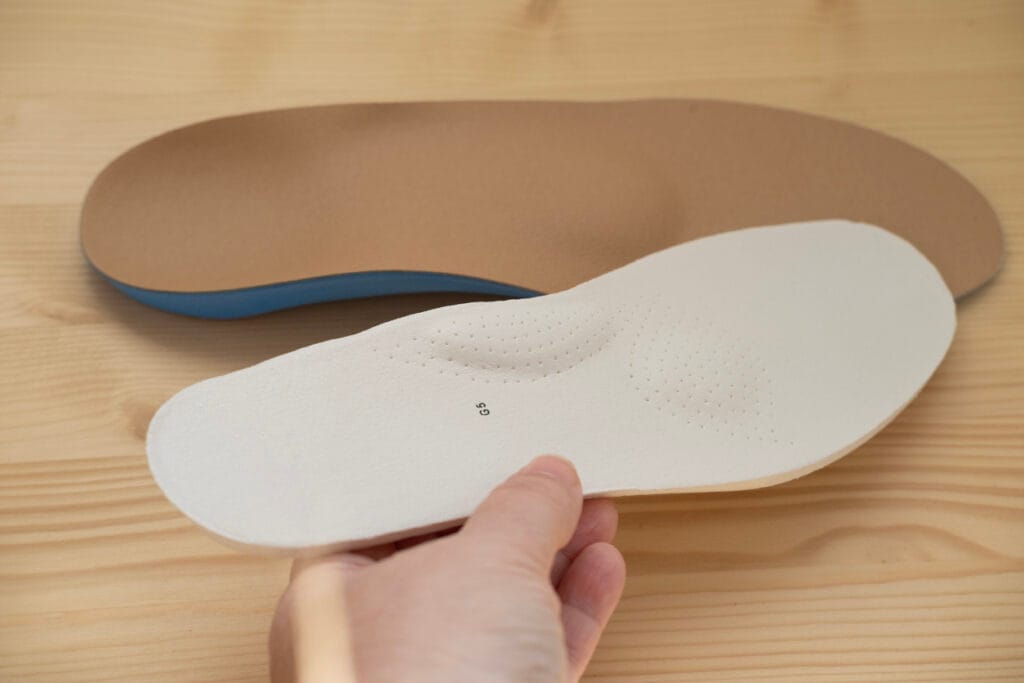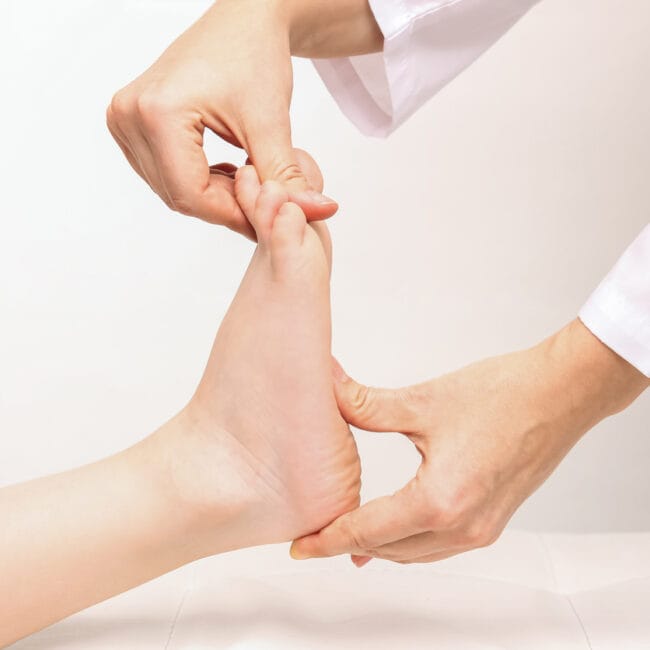If you’re experiencing stiffness in your big toe, it could be a sign of an underlying condition such as hallux limitus or hallux rigidus. Both conditions affect the metatarsophalangeal (MTP) joint of the big toe, leading to limited mobility and pain.
Understanding these conditions and how to treat them, especially with foot orthotics and proper footwear, can help reduce symptoms and improve mobility.
Causes of Big Toe Stiffness
The big toe plays a vital role in walking, running, and maintaining balance. Stiffness in the big toe often stems from damage or degeneration in the MTP joint, where the toe meets the foot. Over time, this joint can become less flexible, leading to pain, discomfort, and difficulty in bending the toe. The main causes of stiffness are related to osteoarthritis or degenerative changes in the joint.
Hallux Limitus and Hallux Rigidus
Hallux Limitus: This is an early stage of joint degeneration, where the range of motion in the MTP joint is limited. Individuals with hallux limitus may experience pain and stiffness, especially when trying to flex the toe during walking or exercise. If untreated, this condition can progress to hallux rigidus.
Hallux Rigidus: A more advanced form of hallux limitus, hallux rigidus involves significant stiffness in the big toe, with little or no ability to bend the toe upward. This condition causes pain, particularly when walking, and can lead to a change in gait as the foot tries to compensate for the lack of toe motion.
Treatment Options for Big Toe Stiffness
The goal of treatment is to reduce pain, improve joint mobility, and prevent further degeneration. Foot orthotics and footwear modifications are key conservative treatments that can help manage symptoms.
Foot Orthotics: Enhancing or Limiting Toe Motion
Custom or over-the-counter foot orthotics are often used to address big toe stiffness. Depending on the severity of the condition, foot orthotics can either encourage the movement of the toe or limit excessive flexion to alleviate pain.
For Hallux Limitus: In the early stages, foot orthotics can be designed to support and encourage dorsiflexion (upward flexion of the toe), helping to restore some movement in the joint. By improving the range of motion, orthotics can reduce discomfort while walking.
- For Hallux Rigidus: In more severe cases, orthotics can help limit movement to prevent the toe from bending too much, reducing pain and preventing further damage. These orthotics provide shock absorption, reducing the pressure on the joint by redistributing forces evenly across the foot.

Footwear Modifications
Choosing the right footwear is essential to managing big toe stiffness. Proper shoes can reduce strain on the MTP joint and improve comfort.
Stiff-Soled Shoes: Shoes with a stiff sole can restrict excessive bending of the big toe joint, which is beneficial for people with hallux rigidus. This helps to prevent pain and further joint wear.
Wide Toe Box: Footwear with a wider toe box allows the toes to spread naturally and reduces pressure on the MTP joint. This is especially useful for individuals with hallux limitus, as tight shoes can aggravate symptoms.
Low-Heeled Shoes: High heels force the foot into an unnatural position, increasing strain on the big toe. Low-heeled or flat shoes help maintain a more neutral position and reduce pressure on the toe joint.
By combining foot orthotics with supportive footwear, you can effectively manage big toe stiffness, improve mobility, and reduce pain.
This article was written by our Podiatrist Raquel Rodriguez Sarmiento
















